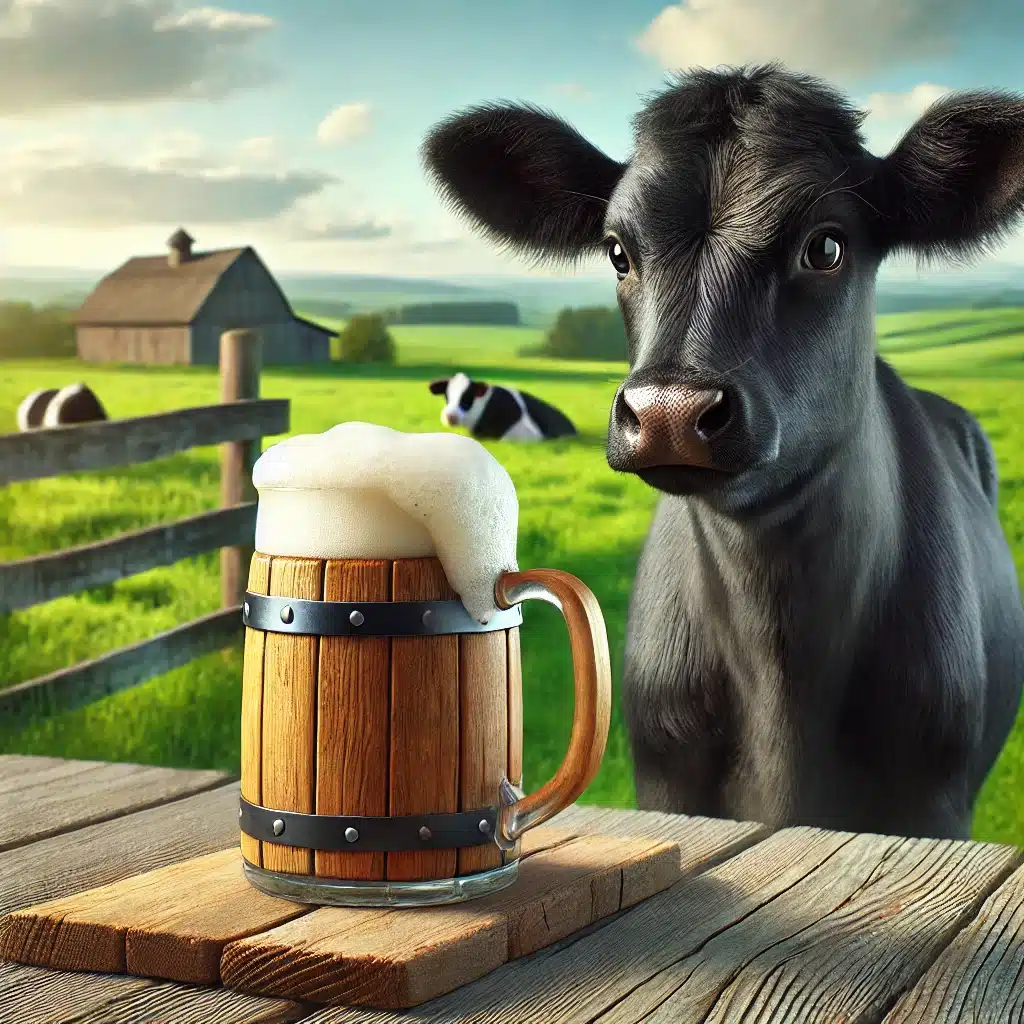Wagyu beef is one of the most sought-after culinary delights, famous for its incredible marbling and unmatched flavor. However, there are plenty of myths surrounding Wagyu beef that make it seem even more extravagant than it already is. From cows sipping beer to daily massages, these misconceptions can lead to confusion about what makes Wagyu truly special. Let’s break down these myths and uncover the truth behind this luxurious beef.
Myth 1: Wagyu Cattle Drink Beer
You’ve probably heard the story that Wagyu cattle drink beer to improve their appetite and marbling. While this may sound like a quirky farm tradition, it’s not the norm. Historically, some Japanese farmers did give beer to their cattle during hot summers to stimulate eating, but this was a rare and isolated practice. The exceptional marbling in Wagyu beef comes from genetics and a carefully managed diet—not beer. However, on certain farms, Wagyu cattle are regularly fed lees—a by-product of beer, wine, and sake production. These nutrient-rich lees, like any other feed, influence the flavor of the beef. In this case, the lees impart a subtle yet complex flavor profile, adding a unique depth to the meat.
Myth 2: Wagyu Cattle Receive Daily Massages
The idea of Wagyu cattle being pampered with daily massages is another common myth. While traditional farmers in Japan brush their cattle regularly to keep their cattle clean and reduce stress, massages are less common. The tenderness of Wagyu beef comes down to its unique fat distribution, which is a result of breeding and genetics—not luxury spa treatments for cows.
Myth 3: All Wagyu Beef is the Same
Not all Wagyu beef is created equal. Authentic Japanese Wagyu beef, such as the famed A5-grade, comes from specific breeds like the Kuroge Washu. On the other hand, countries like the United States and Australia produce their own versions, often crossbreeding Wagyu cattle with other breeds. This can result in a different flavor, texture, and marbling pattern. When buying Wagyu beef, look for certifications like “Japanese Wagyu” to ensure authenticity.
Myth 4: Wagyu Beef is Always Expensive
While premium cuts of Wagyu, like A5 ribeye, can cost a small fortune, not all Wagyu beef comes with a hefty price tag. Affordable options, such as off-cuts, make it possible to enjoy this delicacy without breaking the bank. Keep in mind, less expensive secondary cuts, are equally well-marbled and have the same rich Wagyu flavor. You can also get smaller portions at specialty restaurants for a more budget-friendly taste of luxury.
Myth 5: Wagyu Beef is Unhealthy
Another misconception is that Wagyu beef is unhealthy due to its high fat content. In reality, the fat in Wagyu beef is rich in monounsaturated fats, which are considered “good fats.” It also contains higher levels of omega-3 and omega-6 fatty acids compared to regular beef, making it a healthier option for occasional indulgence. If you want to learn more about Wagyu’s nutritional benefits, click here!
The Truth About Wagyu Beef
Wagyu beef is an extraordinary culinary experience, but it doesn’t come from cows sipping beer in a hot tub or receiving massages. It’s incredible flavor and texture are the result of careful breeding, superior genetics, and traditional farming practices. By debunking these myths, you can better understand why Wagyu is so special and enjoy it with confidence.
Key Takeaways
- Wagyu beef is rich in healthy fats and is not as unhealthy as people think.
- Wagyu cattle don’t drink beer as a standard practice.
- Massages aren’t commonplace when raising Wagyu, but cleaning and stress reduction are.
- Authentic Wagyu comes from Japan, while other countries produce Wagyu-style beef.
- Not all Wagyu is expensive; affordable options exist.
- Wagyu beef is rich in healthy fats and is not as unhealthy as people think

